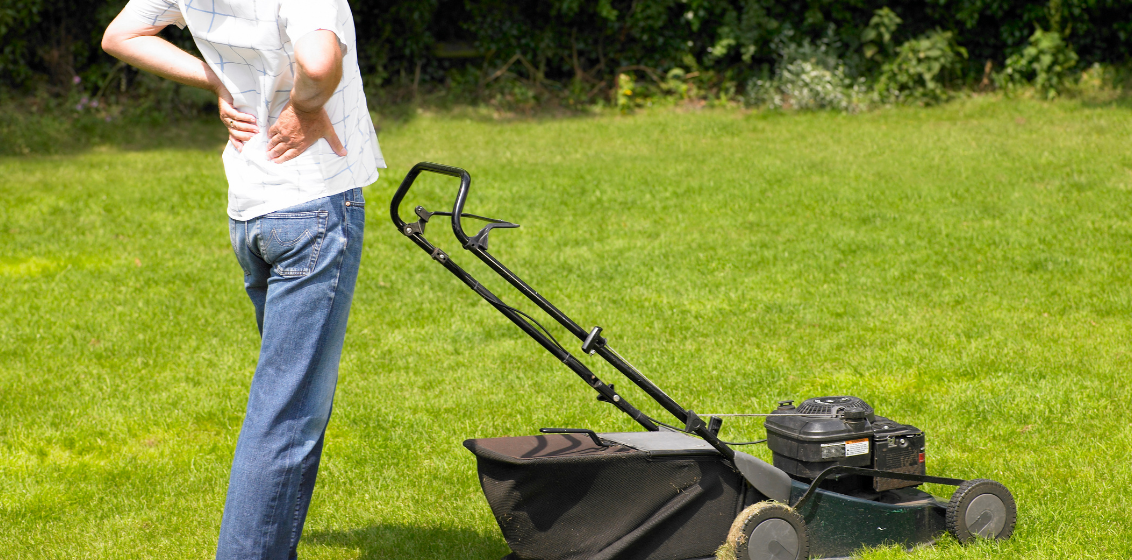Back pain: What really works?

Lower back Pain is extremely common. At any one time, 8% of the world’s population has low back pain and 25% of us have had a sore back in the last 3 months. Low back pain is the number one cause of disability and medical retirement from work, and there are more Doctor’s visits for back pain than any other condition!! So, What Really Works for Low Back Pain?
Despite these worrying stats, most acute low back pain settles down by 6 weeks, with only a very small number of people developing a serious or ongoing back condition. So, if you’ve just tweaked your back bending over to pick up a pen, what does the research show is the best choice of treatment?
It is well accepted that the first line of treatment for an acute episode of low back pain is advice, reassurance, and encouragement to engage in light physical activity. The next line of treatment is usually chosen from Physiotherapy, exercise, or medication. Unfortunately, many people with low back pain receive poor advice to rest in bed and then when they still have pain, jump straight to last resort treatment lines such as injections or surgery!
So, what really works?
A recent article published in the British Journal of Sports Medicine collated info from 46 clinical trials and 8765 people with back pain to compare treatment methods and determine what was most effective for acute lower back pain.
At 1 week after onset of back pain the following were most effective for pain relief:
- hot packs,
- manual therapy (hands on treatment from a health professional like a Physio),
- exercise and
- anti-inflammatory drugs
Opioid drugs were also found to be effective for pain relief, while Paracetamol was found to be no more effective than placebo. It should be noted that opioids are not recommended because although they reduce pain, the risk of severe side effects and addiction make them a poorer choice than safer anti-inflammatory medications. 1
At 1-month, manual therapy was found to be the most effective treatment for pain relief and at 12 months a psychological treatment approach, cognitive behavioural therapy, and exercise were most effective.
These results aren’t surprising to us as Physios, as most people will try things like heat and exercise for a week or so, then seek more help from us with hands-on treatment if things aren’t significantly better. By 12 months treatment focuses on chronic pain management and psychological treatment approaches when manual therapy is not generally effective.
So, what do we do at Parkside for acute low back pain?
- We listen carefully to your story, finding out what’s happened, how it’s impacting you right now, what activities you really need to get back to and what you need most from us. Then we’ll provide you with:
- A diagnosis, explanation, and reassurance. We’ll outline what’s wrong, how long it will take to get better and map out a plan for you to get back to doing what you love
- Advice for exercise and activity to help keep you moving and specific exercises to address your pain and movement problems based on your examination findings. We’ll run through those exercises with you
- We’ll usually provide some hands-on treatment in the form of mobilisation of your spine (not cracking your back) and soft tissue massage
- Once your back is settling, we’ll upgrade your exercises to get you back into your normal routine but also incorporate exercises to improve strength, mobility and core strength to help prevent recurrence of your back pain. We often get our Exercise Physiologist involved at this stage.
- We don’t waste your time with machines or heat. You can use a heat pack at home and the machines that go “ping” were discredited as low value care 20 years ago.
Hands-off Physio?
Have you been to a Physio and not been touched? There’s a growing movement in certain circles for “hands-off” treatment of low back pain and some health professionals are going with a “pain science lecture” and “education” only approach to acute low back pain. Our experience, and research shows us this is a) not what people expect from a physio, and b) not shown to be effective to help those of us with acute low back pain. If you’ve been for physio and all you got was a lecture, we’ve got your back and will give you a hand.


